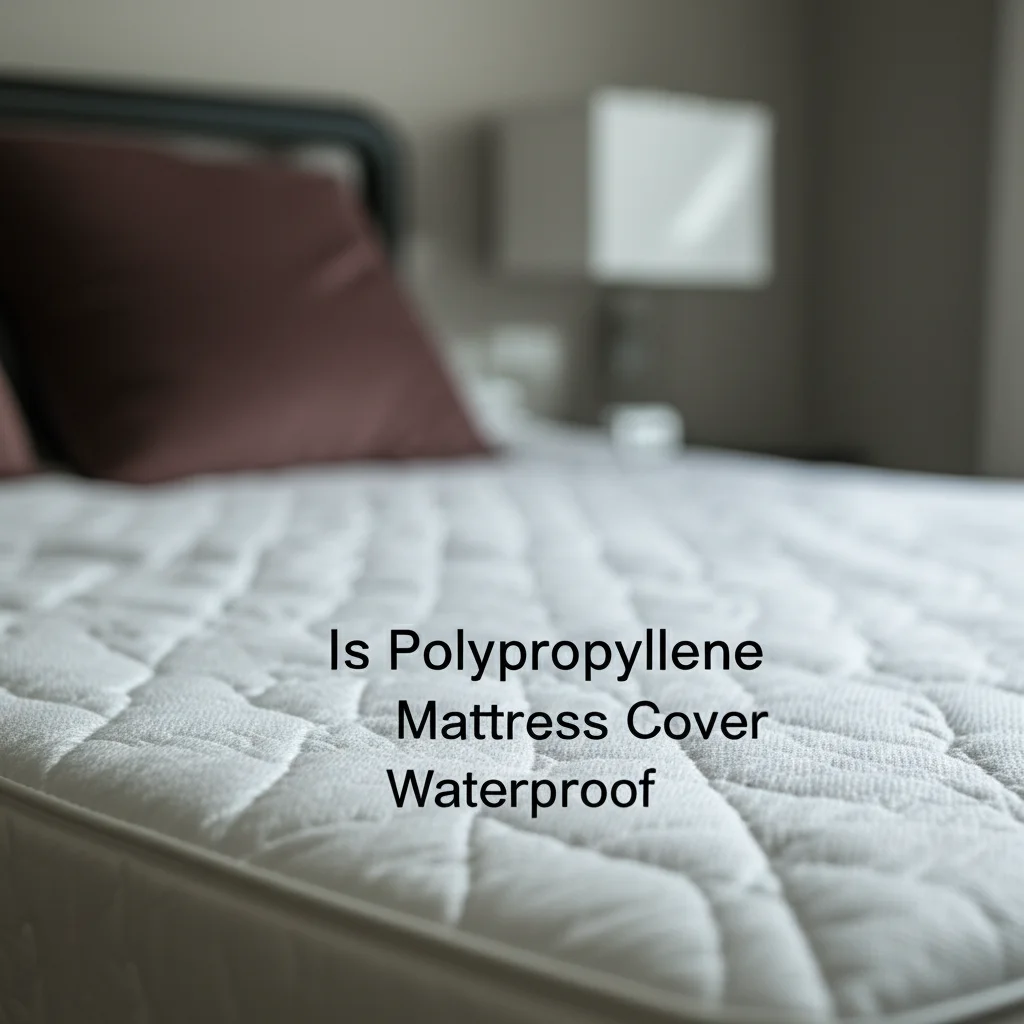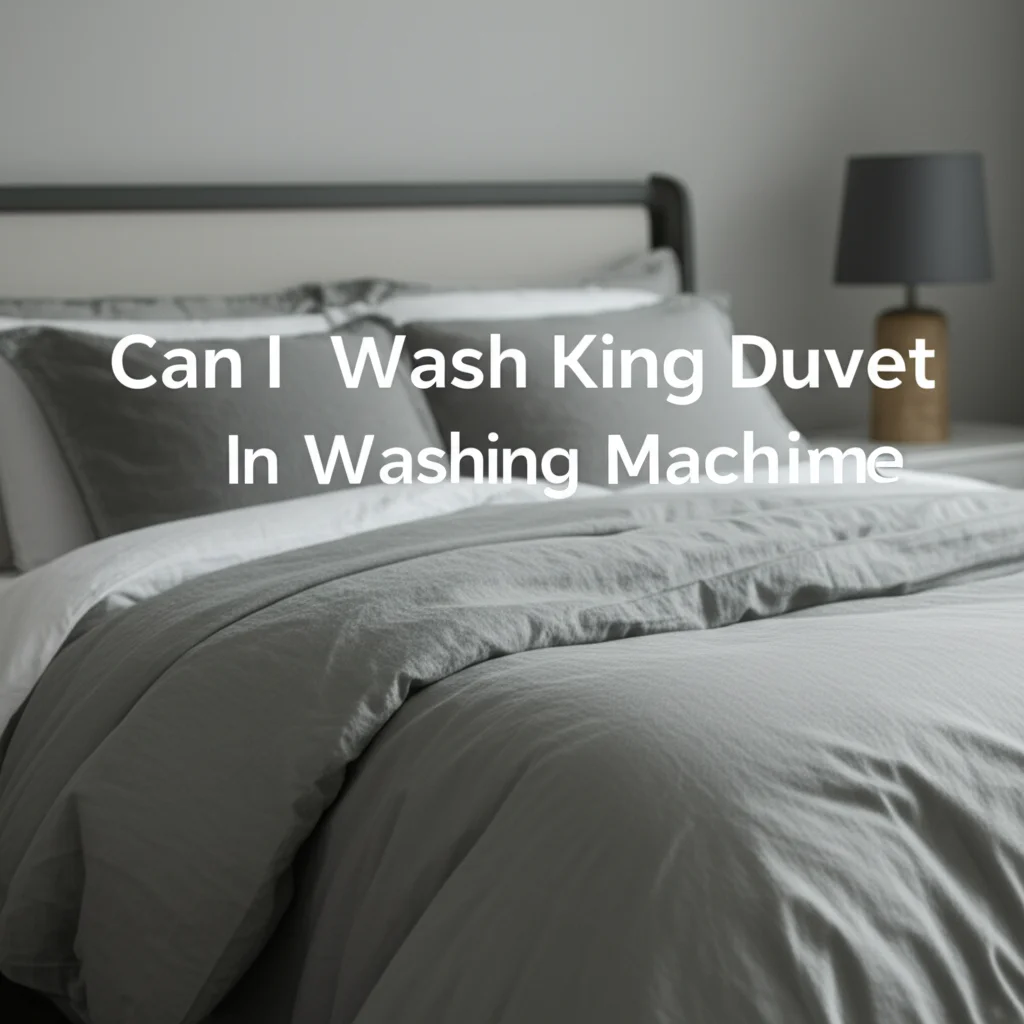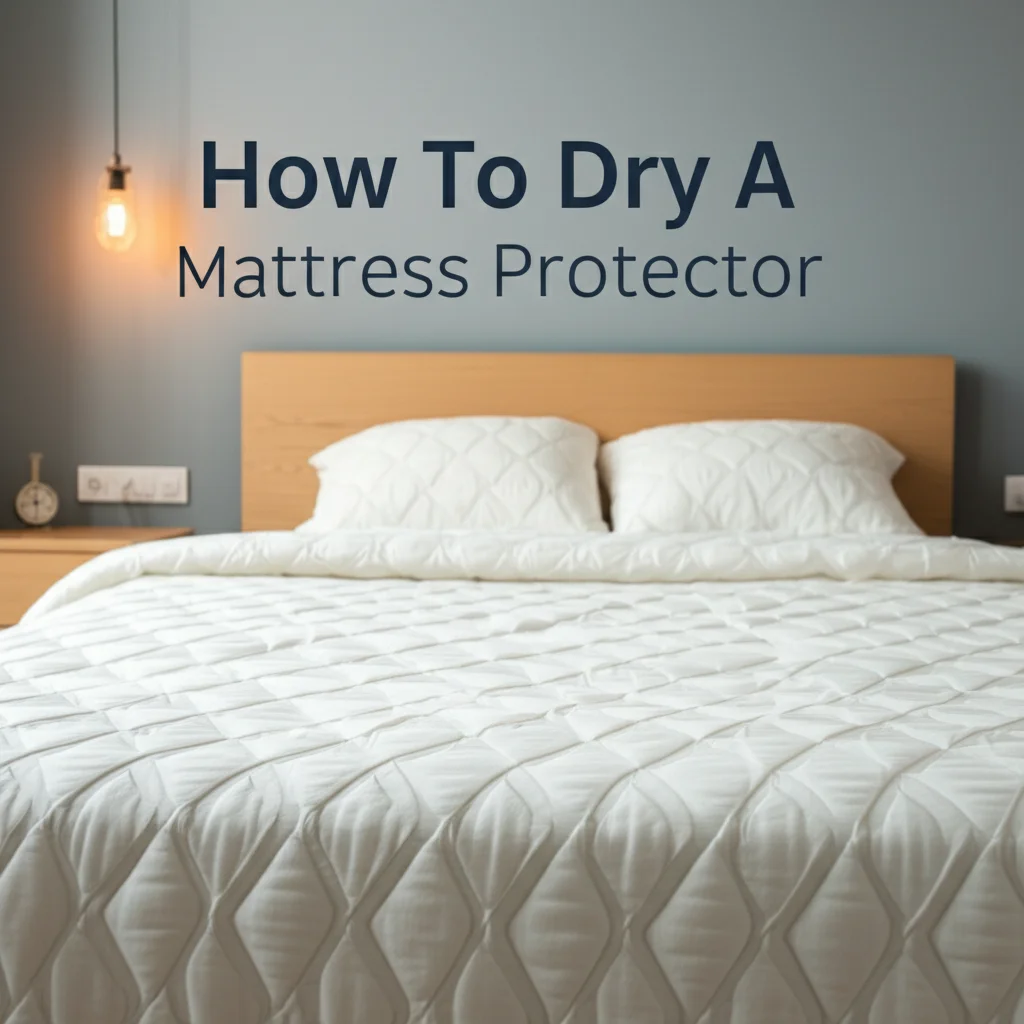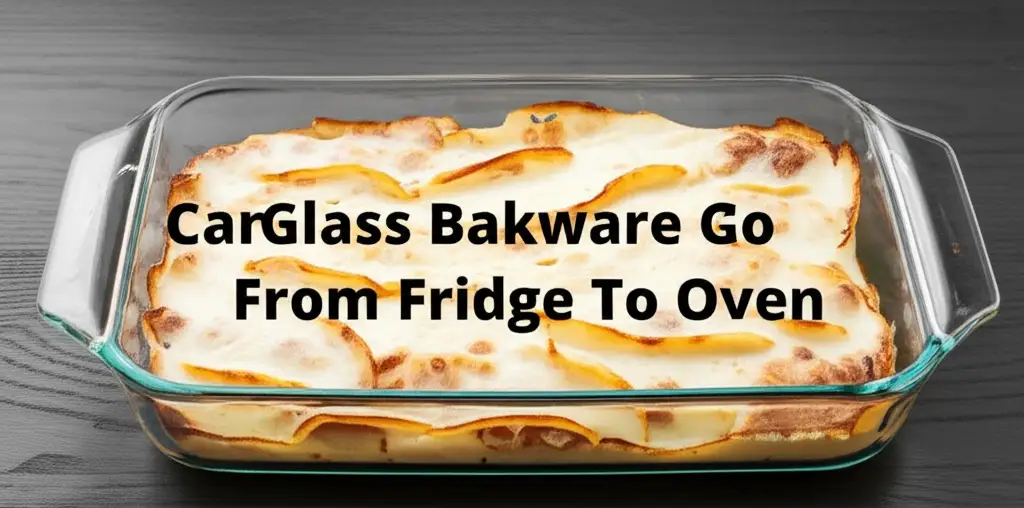· Katria Melrose · Mattress Protection · 17 min read
Is Polypropylene Mattress Cover Waterproof?

Is Polypropylene Mattress Cover Waterproof?
Protecting your mattress feels like a vital task. We all want to keep our sleeping space clean and safe from spills. You might wonder, “Is polypropylene mattress cover waterproof?” This question is common for many homeowners. Polypropylene is a popular material for various household items, including bedding. Its properties make it a go-to choice for protective layers.
Many people choose mattress covers to extend the life of their mattress. They help guard against dirt, allergens, and liquids. Understanding how polypropylene works against water is important. It helps you make the best choice for your home. This article will explain polypropylene’s interaction with water. We will discuss its benefits and limitations. We will also provide tips for proper care.
Takeaway
Polypropylene mattress covers offer varying degrees of water protection.
- Water Repellent: Polypropylene fibers naturally resist water absorption.
- Water Resistant: Many covers have a coating or membrane for enhanced protection.
- Truly Waterproof: Look for covers with a laminated waterproof barrier for full liquid blockage.
- Proper Care: Following cleaning instructions helps maintain the cover’s effectiveness.
Is Polypropylene Mattress Cover Waterproof?
Polypropylene mattress covers are often water-resistant. They are not always fully waterproof on their own. Pure polypropylene fabric naturally repels water. However, a cover becomes truly waterproof only when it includes an additional barrier layer. This barrier is usually a polyurethane laminate. This design stops liquids from passing through completely.
Understanding Polypropylene Fabric and Water Resistance
Polypropylene is a synthetic polymer. Manufacturers use it in many textile products. These products include carpets, clothing, and bedding. The material is known for its durability and light weight. It also resists chemicals and moisture. This resistance is a key reason for its use in mattress covers.
The unique structure of polypropylene fibers gives them natural water-repellent qualities. Water beads up on the surface of polypropylene. It does not soak into the fibers easily. This property helps protect your mattress from minor spills. It can also guard against moisture accumulation.
The Nature of Polypropylene Fibers
Polypropylene fibers are non-absorbent. They have a low surface energy. This means water molecules prefer to cling to themselves rather than to the fiber. This natural characteristic makes polypropylene inherently hydrophobic. It does not absorb water like cotton or other natural fibers. This quality makes it a good base for mattress covers.
When you spill a drink, the liquid will sit on top of a polypropylene cover. It will not immediately penetrate the fabric. This gives you time to wipe it away. However, sustained pressure or a large volume of liquid can eventually force water through. This is why a simple polypropylene weave might be water-repellent but not fully waterproof. We aim to keep your mattress dry and clean. This material helps achieve that goal.
Hydrophobic Properties Explained
Hydrophobic means “water-fearing.” Polypropylene fibers are hydrophobic. They actively push water away. This property is different from being “waterproof.” A waterproof material creates an absolute barrier. It completely stops water from passing through. Think of a raincoat versus a simple woven fabric. A basic polypropylene fabric acts like a very tightly woven umbrella. It sheds water but might not withstand heavy rain or standing liquid.
For mattress covers, this means polypropylene offers a first line of defense. It helps to prevent immediate absorption. However, to achieve full waterproofing, manufacturers add a layer. This added layer is typically a thin film of polyurethane. This film acts as the true liquid barrier. Without this film, a polypropylene cover offers good water resistance but not absolute protection. This distinction is vital for understanding your mattress cover’s capability.
Distinguishing Water-Resistant from Truly Waterproof
The terms “water-resistant” and “waterproof” are often used interchangeably. This creates confusion for consumers. For mattress covers, the difference is significant. It determines the level of protection your mattress receives. Understanding this distinction helps you choose the right product.
A water-resistant polypropylene mattress cover resists water penetration. It can handle small splashes or minor dampness. The fabric’s weave and natural properties make it resistant. However, a water-resistant cover will eventually allow water to pass through. This happens with prolonged exposure or significant liquid volume. For example, a spilled glass of water might be repelled initially. A bedwetting accident or large spill could soak through.
Levels of Liquid Protection
True waterproof mattress covers offer an impenetrable barrier. They completely block all liquids. These covers typically use a laminated layer. This layer bonds to the polypropylene fabric. Polyurethane is a common material for this laminate. This combination ensures no liquid reaches your mattress. This type of cover is essential for certain needs.
Consider your specific requirements. Do you need protection against occasional minor spills? Or do you need full defense against accidents, incontinence, or sweat? For complete peace of mind against any liquid, a fully waterproof cover is necessary. These covers protect your investment. They keep your mattress hygienic for longer. I find this distinction crucial when buying bedding.
Role of Membranes and Coatings
To make a polypropylene mattress cover truly waterproof, manufacturers add a special layer. This layer is usually a thin, breathable membrane. Polyurethane (PU) is the most common material used for this. The PU membrane is laminated or coated onto the polypropylene fabric. This creates a barrier that liquid cannot penetrate. Yet, it allows air to circulate. This breathability prevents the cover from feeling hot or stuffy.
Some covers use different coatings or laminations. These might include vinyl or other polymers. However, PU is favored for its flexibility and breathability. It makes the cover comfortable to sleep on. Always check the product description for details on waterproofing. Look for terms like “100% waterproof” or “polyurethane laminate.” These details confirm the cover’s ability to block liquids effectively. A clear understanding helps you protect your mattress. You can also learn how to clean a waterproof mattress protector to maintain its effectiveness.
Benefits of Polypropylene Mattress Covers Beyond Water Protection
Polypropylene mattress covers offer more than just liquid resistance. They provide several other advantages for your bedding. These benefits contribute to a healthier and more comfortable sleep environment. Choosing a polypropylene cover can improve your overall mattress hygiene. They are a valuable addition to any bedroom setup.
One major benefit is their resistance to allergens. Polypropylene fabrics have a tight weave. This weave creates a barrier against dust mites and other allergens. Dust mites are tiny creatures that thrive in mattresses. They can trigger allergies and asthma. A good polypropylene cover encases your mattress. It prevents dust mites from entering or escaping. This helps reduce allergy symptoms. I find this aspect very helpful for people with sensitivities.
Allergy and Dust Mite Barriers
Polypropylene mattress covers are excellent at creating an allergy-free zone. The material’s density stops tiny particles. Dust mites cannot pass through the fabric. Their waste products, which are major allergens, also get trapped. This means you breathe cleaner air while you sleep. The cover acts as a physical shield. It separates you from potential irritants inside your mattress.
This barrier is especially important for children and individuals with respiratory issues. It creates a healthier sleeping surface. Regularly washing your mattress cover further enhances this benefit. For tips on cleaning, you can refer to resources like how to wash a waterproof mattress pad. A clean cover means fewer allergens in your bed. This leads to more restful sleep for everyone.
Airflow and Temperature Regulation
Modern polypropylene mattress covers are designed with breathability in mind. While they stop liquids, they often allow air to circulate. This prevents heat buildup. Traditional waterproof covers sometimes felt hot or crinkly. Today’s versions are much more comfortable. The breathable membrane, often polyurethane, permits water vapor to escape. This helps regulate your body temperature.
You won’t feel like you are sleeping on a plastic sheet. The fabric feels soft and quiet. This makes for a more pleasant sleep experience. Good airflow also prevents moisture from getting trapped. Trapped moisture can lead to mold or mildew growth in your mattress. A breathable polypropylene cover keeps your mattress fresh. It helps maintain a healthy sleep environment. This balance of protection and comfort makes these covers popular.
Factors Affecting a Polypropylene Mattress Cover’s Waterproof Performance
The waterproof performance of a polypropylene mattress cover depends on several factors. It is not just about the material itself. The way the cover is made, the quality of its components, and how you care for it all play a role. Understanding these factors helps you assess a cover’s true protective capabilities. It also ensures you maintain its effectiveness over time.
One crucial factor is the overall construction of the cover. A simply woven polypropylene fabric, even if tightly packed, will not be as effective as one with a laminated barrier. The presence and quality of this waterproof layer are paramount. Manufacturers use different methods to attach this layer. A well-bonded laminate provides superior protection. Poor bonding can lead to peeling or cracking over time. This reduces the cover’s ability to block liquids.
Construction Quality and Sealing
The quality of construction greatly impacts waterproof performance. A truly waterproof mattress cover will have a laminated barrier. This barrier is often polyurethane. It must be securely bonded to the polypropylene fabric. Look for covers with strong, sealed seams. Stitched seams can create tiny holes. These holes can allow liquid to seep through. High-quality waterproof covers often feature heat-sealed or welded seams. This creates an uninterrupted barrier.
Also, consider the thickness and durability of the waterproof layer. A very thin or low-quality laminate might degrade quickly. This leads to cracks or tears. These flaws compromise the cover’s waterproof ability. Inspect product descriptions for details on the waterproofing material. A cover with good construction protects your mattress effectively. It gives you long-lasting peace of mind.
Proper Care and Maintenance
Proper care is essential for maintaining the waterproof function of your polypropylene mattress cover. Washing instructions vary by manufacturer. Always follow these guidelines strictly. Using harsh detergents or very hot water can damage the waterproof layer. It can cause the laminate to peel or crack. Tumble drying on high heat can also harm the barrier. For example, knowing how to wash a waterproof mattress pad correctly is key.
I recommend washing the cover in cold or warm water with a mild detergent. Air drying or tumble drying on a low, delicate setting is best. Avoid bleach or fabric softeners. Bleach can degrade the material. Fabric softeners can leave a residue that affects breathability and water repellency. Regular, gentle care ensures your cover stays waterproof. This protects your mattress for years.
Choosing the Right Polypropylene Mattress Cover for Your Needs
Selecting the correct polypropylene mattress cover involves considering your specific protection needs. Not all covers offer the same level of waterproofing. Thinking about your household’s lifestyle helps you make an informed decision. Do you have young children, pets, or individuals with allergies? These factors influence the type of cover you should choose.
First, assess the level of liquid protection you require. If you need complete defense against spills, bedwetting, or incontinence, a fully waterproof cover with a laminated barrier is essential. These covers provide maximum security. If you only need protection against dust, allergens, or minor dampness, a water-resistant but not fully waterproof polypropylene cover might suffice. My own experience taught me to always opt for the higher protection if there’s any doubt.
Assessing Your Protection Requirements
Think about common scenarios in your home.
- Children or Pets: Young children or pets increase the risk of accidents. A 100% waterproof cover is ideal here. It protects against urine, vomit, or spilled drinks.
- Allergies: If anyone in your home suffers from allergies or asthma, look for covers that specifically mention dust mite and allergen protection. Polypropylene’s tight weave is beneficial here.
- Sweat and Spills: For general protection against sweat, body oils, and occasional minor spills, a water-resistant polypropylene cover might be enough. However, a laminated one gives better peace of mind.
- Incontinence: For adults with incontinence issues, a heavy-duty, fully waterproof polypropylene cover with a durable laminate is a must. It keeps the mattress clean and hygienic.
By considering these points, you can pinpoint the exact level of protection needed. You can also refer to guides like how to clean urine from a mattress if an accident occurs despite protection. This helps prevent permanent mattress damage.
Checking for Certifications and Features
When shopping for a polypropylene mattress cover, look for specific certifications. Certifications indicate quality and safety. Oeko-Tex Standard 100 is a good one to look for. It ensures the fabric is free from harmful substances. This is important for bedding that is close to your skin.
Also, check for features that enhance usability and comfort.
- Breathability: Does the product description mention breathability? A breathable cover prevents overheating and discomfort.
- Noise Level: Some waterproof covers can be crinkly. Read reviews to find covers described as “silent” or “noise-free.”
- Fit: Ensure the cover fits your mattress depth correctly. A good fit prevents shifting and bunching. You can find tips on how to put on a mattress protector for proper installation.
- Durability: Look for mentions of a durable laminate layer and strong seams. This ensures the cover lasts longer.
These details help you pick a cover that meets your protection needs and offers comfort.
Maintaining Your Polypropylene Mattress Cover’s Efficacy
Proper maintenance is crucial for your polypropylene mattress cover. It ensures the cover continues to perform its job effectively. This means keeping your mattress safe from spills and allergens. Ignoring care instructions can shorten the cover’s lifespan. It can also reduce its waterproof capabilities. Caring for your cover properly is a simple step. It protects your significant investment in a mattress.
The key to maintaining efficacy lies in gentle cleaning. Polypropylene is durable. However, the waterproof laminate is sensitive to harsh treatments. High temperatures and strong chemicals are the biggest enemies. They can break down the barrier layer over time. This makes the cover less effective. Regular, gentle washing is always the best approach. My family cleans our mattress covers often. This keeps them fresh and functional.
Cleaning Guidelines for Durability
Follow the manufacturer’s washing instructions precisely. These instructions are on the product label. They are there for a reason. Generally, for polypropylene mattress covers with a waterproof layer:
- Wash Temperature: Use cold or warm water. Hot water can damage the laminate.
- Detergent: Choose a mild laundry detergent. Avoid heavy-duty detergents.
- Bleach and Softeners: Do not use bleach, fabric softeners, or harsh chemicals. Bleach can break down the material. Fabric softeners can clog the pores of breathable membranes. This affects their performance.
- Washing Cycle: Use a gentle or delicate cycle. Avoid vigorous agitation.
- Drying: Air dry the cover if possible. If using a dryer, use a low heat setting. A no-heat or tumble dry low setting is ideal. High heat can melt or damage the waterproof layer. Remove promptly once dry.
- Stain Removal: Spot clean small stains with a damp cloth and mild soap. For general cleaning of polypropylene, you might find tips on how to clean a polypropylene rug. This can give you an idea of the material’s general care.
Regular, gentle cleaning helps the cover last longer. It maintains its protective barrier.
Avoiding Damage and Degradation
To prevent damage and ensure your cover’s longevity:
- Avoid Sharp Objects: Be careful with sharp objects near the cover. This includes pet claws, jewelry, or sharp furniture edges. Tears compromise the waterproof layer.
- Limit Excessive Folding: Excessive folding or crushing can weaken the laminate over time. Store the cover flat or loosely rolled if possible.
- Rotate and Check: Periodically check your cover for signs of wear, tears, or peeling. Address any issues promptly. A small tear can lead to a big problem.
- Proper Fit: Ensure the cover fits your mattress snugly but not too tightly. An overly tight cover can strain seams and cause premature wear.
- Prompt Cleaning: Clean spills immediately. Do not let liquids sit on the cover for long periods. This prevents saturation and staining. For tough liquid stains, you might want to learn how to clean stains from a mattress, which includes preventing stains from reaching the mattress itself by using a good cover.
By following these simple steps, your polypropylene mattress cover will provide reliable protection for many years.
Common Misconceptions About Mattress Covers and Waterproofing
Many people have misconceptions about mattress covers and their waterproofing abilities. These misunderstandings can lead to purchasing the wrong product. They can also result in disappointment or damaged mattresses. It is important to clear up these common myths. Knowing the facts helps you make smarter choices for your home and health.
One common myth is that all mattress protectors are waterproof. This is simply not true. As we have discussed, many covers are only water-resistant. This means they repel minor spills but will not stop significant liquid penetration. The term “protector” is broad. It can refer to covers that guard against dust, allergens, or general wear, without necessarily being waterproof. Always read the product details carefully. Look for “100% waterproof” claims.
Another misconception is that waterproof covers are uncomfortable. People often imagine crinkly, noisy plastic sheets. While older models might have fit this description, modern technology has advanced significantly. Today’s waterproof polypropylene mattress covers are designed for comfort. They often feature breathable membranes. These membranes allow air to circulate. They prevent the hot, sticky feeling of traditional plastic covers. They are also much quieter. Many brands use soft, fabric-like top layers. These layers make them feel like a regular fitted sheet. You might not even notice it is there. This comfort makes them an easy addition to any bed.
Finally, some believe waterproof covers are difficult to clean. This is also not accurate. Most polypropylene mattress covers are machine washable. They are designed for easy care. As long as you follow the specific care instructions, cleaning is simple. You can machine wash and low-heat dry most covers. This ease of cleaning makes them a practical choice for busy households. It ensures hygiene without extra hassle. My own experience confirms they are simple to maintain.
FAQ Section
How do I know if my polypropylene mattress cover is truly waterproof?
Check the product label or description. Look for terms like “100% waterproof,” “polyurethane laminate,” or “liquid-proof barrier.” If it only says “water-resistant” or “water-repellent,” it may not offer complete liquid protection. A genuinely waterproof cover will specify the barrier material, usually PU.
Can a waterproof polypropylene mattress cover be breathable?
Yes, modern waterproof polypropylene mattress covers can be breathable. They achieve this using a thin, porous polyurethane membrane laminated to the polypropylene fabric. This membrane stops liquid water from passing through. However, it allows water vapor (sweat and body heat) to escape. This design prevents heat buildup and ensures a comfortable sleep.
How often should I wash my polypropylene mattress cover?
You should wash your polypropylene mattress cover regularly. Aim for once every 1 to 3 months. If there are spills, accidents, or heavy sweating, wash it immediately. Frequent washing maintains hygiene and helps prevent allergen buildup. Always follow the manufacturer’s specific washing instructions for best results.
Will a polypropylene mattress cover protect against dust mites?
Yes, polypropylene mattress covers, especially those with a tight weave, are effective against dust mites. The dense structure of the fabric creates a physical barrier. This barrier prevents dust mites from getting into or out of your mattress. It also blocks their allergens. This feature is very beneficial for allergy sufferers.
Can I use bleach on my polypropylene mattress cover?
No, you should avoid using bleach on your polypropylene mattress cover. Bleach and other harsh chemicals can damage the waterproof laminate. They can also degrade the polypropylene fibers. This weakens the material and compromises its protective qualities. Always use a mild detergent and follow the specific care instructions on the label.
How do I prolong the life of my waterproof polypropylene mattress cover?
To prolong its life, always follow the washing instructions carefully. Use cold or warm water and a mild detergent. Avoid high heat during drying; air dry or use a low heat setting. Protect it from sharp objects that could tear the waterproof layer. Promptly clean any spills to prevent saturation.
Conclusion
Understanding the true nature of “Is polypropylene mattress cover waterproof?” is important. We have learned that while polypropylene fabric itself is naturally water-repellent, a truly waterproof cover requires an additional laminated barrier, typically made of polyurethane. This distinction is critical for selecting the right protection for your mattress. These covers offer excellent defense against spills and accidents.
Beyond waterproofing, polypropylene mattress covers provide other valuable benefits. They act as effective barriers against dust mites and allergens. Many are designed to be breathable, ensuring a comfortable sleep environment without feeling hot or crinkly.
By choosing a high-quality cover and following proper care instructions, you can extend the life of your mattress significantly. These simple steps protect your investment. A clean and protected mattress leads to a healthier and more restful sleep. Invest in a good polypropylene mattress cover to enjoy peace of mind and a cleaner bed for years to come.





